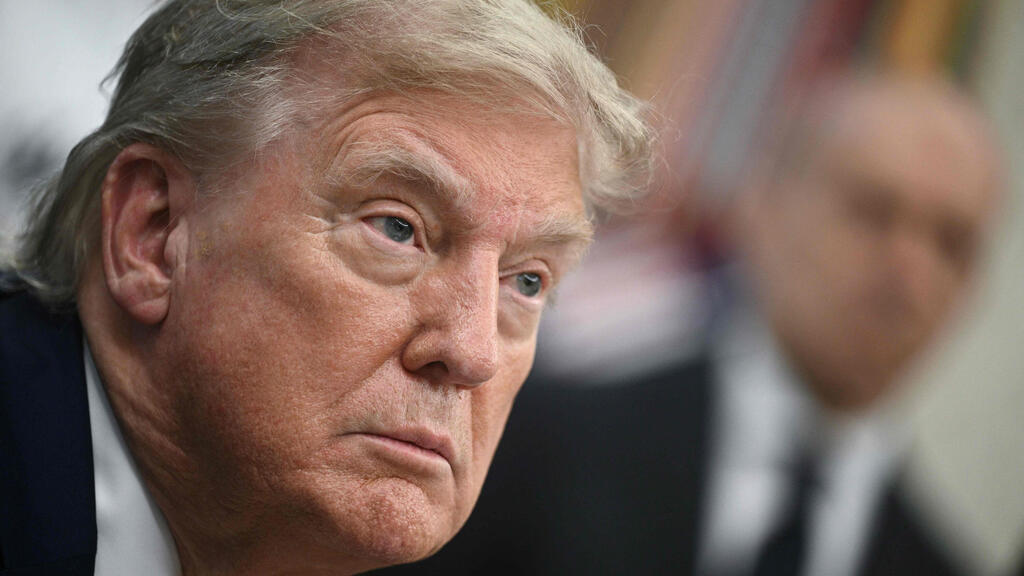Within the administration, isolationist officials oppose U.S. military involvement in foreign conflicts, while others strongly back Israel and view Iran as a threat to U.S. national security as well. Alongside this policy dispute, a legal battle is also playing out over the president’s authority to order a strike on a foreign country without prior congressional approval.
Bipartisan efforts have emerged in Congress, with both Republican and Democratic lawmakers advancing resolutions aimed at preventing Trump from launching military action against Iran without congressional consent. The legal and political fight over war powers is intensifying.
A longstanding constitutional struggle
The dispute over presidential war powers is not new. It stems from two provisions in the U.S. Constitution: On one hand, Congress is granted the power to declare war, fund the military, and establish rules for its governance. On the other hand, the president is named commander-in-chief of the armed forces.
Over the years, presidents have argued that the Constitution allows them to use military force to defend American citizens and soldiers, and in cases of national self-defense, without needing advance congressional approval. For example, in 1950, President Harry Truman sent U.S. troops to Korea without a declaration of war from Congress, relying instead on a UN Security Council resolution calling on member states to support South Korea against the North’s invasion.
In response to such actions, Congress passed the War Powers Resolution in 1973, aimed at ensuring legislative oversight in U.S. military conflicts, even when no formal declaration of war is made. The law stipulates that if the president sends American forces into hostilities without a declaration of war, he must notify Congress within 48 hours. The military engagement must end within 60 days unless Congress authorizes its continuation. The law permits the president to use force in three specific scenarios: (1) a congressional declaration of war; (2) specific congressional authorization for the use of force; or (3) a national emergency resulting from an attack on the United States, its territories, assets, or armed forces.
Legal loopholes and broad interpretations
Since 1973, most U.S. presidents have sidestepped the War Powers Resolution by invoking broad interpretations of their constitutional authority or relying on previous congressional authorizations. In 2017, Trump ordered a missile strike in Syria in response to President Bashar al-Assad’s use of chemical weapons. His administration argued that the strike was legal under the Constitution as a means to protect U.S. national security and foreign policy interests—or alternatively, that it was permissible under the 2002 Authorization for Use of Military Force (AUMF), which allowed military action against threats emanating from Iraq.
In 2020, Trump again cited the 2002 AUMF when he ordered the assassination of Iranian Revolutionary Guard commander Qassem Soleimani, claiming that Soleimani was directing forces against the U.S. in Iraq. President Joe Biden also relied on the same 2002 authorization as a legal basis for various military actions in the Middle East during his term.
Opponents of a U.S. strike on Iran argue there is no immediate emergency or act of self-defense that would allow the president to bypass Congress. Trump’s allies, however, claim the president has broad constitutional powers to protect U.S. troops and interests in the region, and that past congressional authorizations—particularly regarding Iraq—can be interpreted to apply to Iran as well.
Based on Trump’s conduct in recent months across various policy issues, it appears unlikely he would see legal limitations as an obstacle. Should he decide to authorize a strike on Iran, he is expected to interpret his powers broadly and move forward without seeking prior congressional approval.
The author is a doctor of law, attorney, legal commentator for Ynet’s studio, and expert in constitutional and administrative law at Reichman University



